|
Leeuwarden | Friesland en Valetta | Malta zijn de Culturele Hoofdsteden van Europa 2018. Over Leeuwarden horen, lezen en zien we veel in Nederland maar over Malta is bij ons maar weinig bekend. Onze Duitse correspondent Verena Voigt heeft een bijzondere band met Malta en is vaak op het eiland. Zij schreef een artikel over een kunstproject op Malta. We plaatsen de tekst in het Duits en in de Engelse vertaling. Tekst en foto's Verena Voigt M.A.
1 Comment
Cornelia Wyngaarden
12/6/2018 05:38:33 pm
Thank You
Reply
Leave a Reply. |
Schrijversklik op de schrijvers voor een overzicht van de door hen geschreven artikelen.
.Riedstra.Gerrit Brand.Lysbeth HofstraWesley FerwerdaIlse van der Wal Categories
Alles
|
|
KunstKrant.nl Officiële Website Copyright
© KunstKrant.nl 1993 - 2024 All rights reserved. KunstKrant.nl Website is NOT responsible for any external link on the website Powered by: Uitgeverij Nobelman |
Contact
KunstKrant.nl | Kunstkrant.be Emdenweg 3 9723 TA Groningen Mobiel: +031 (0)6 50831893 E-mailadres: [email protected] |

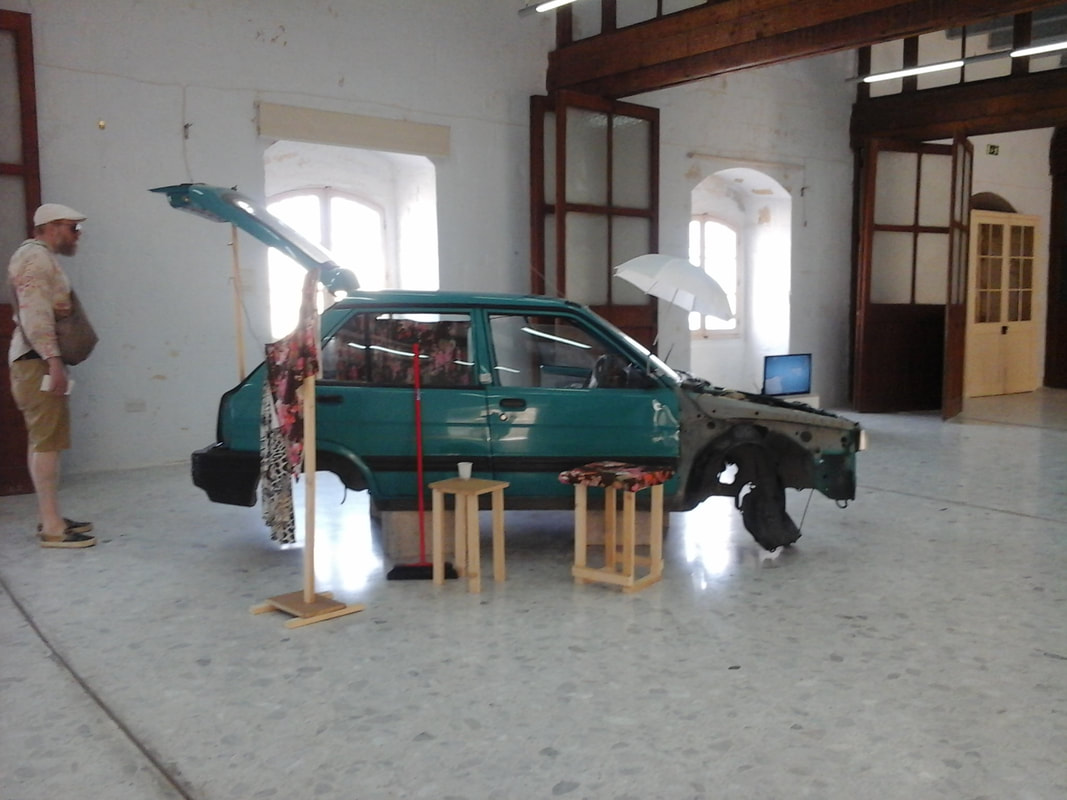
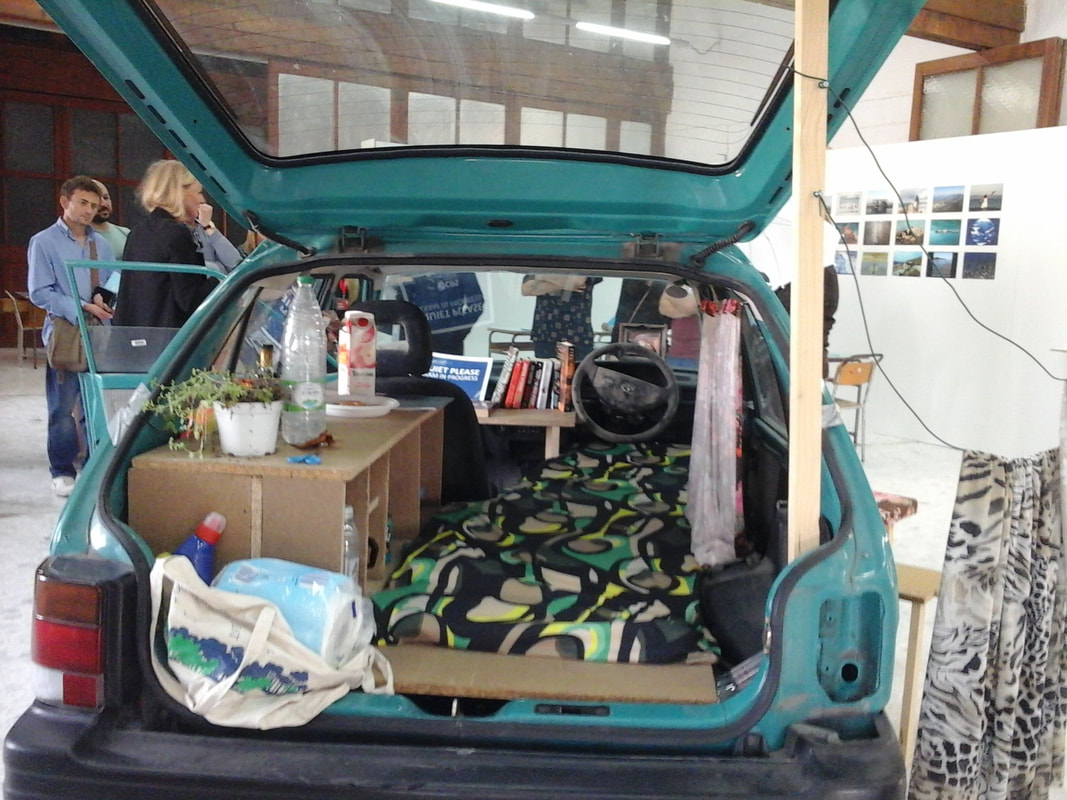
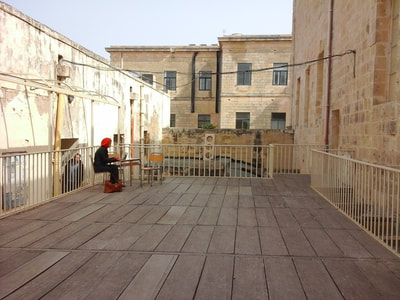
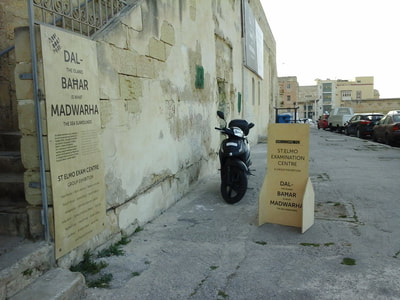


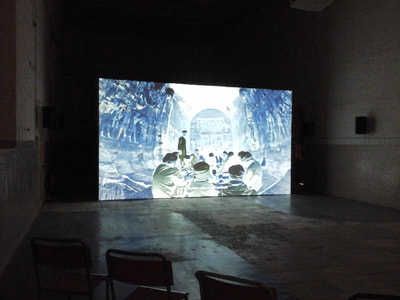
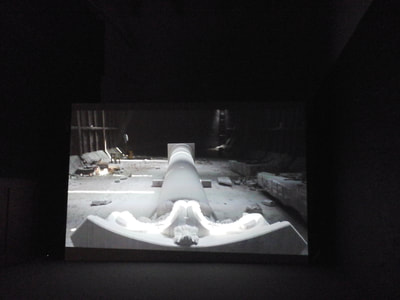
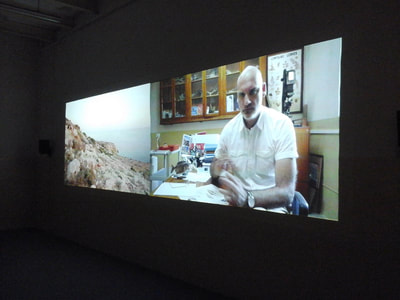
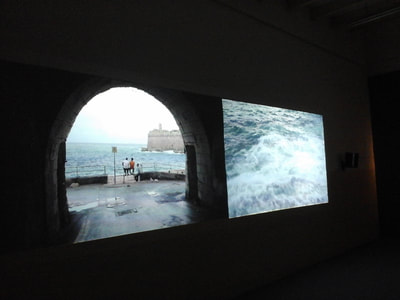
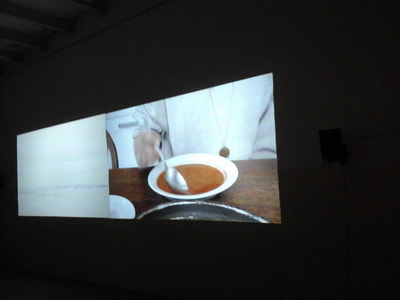
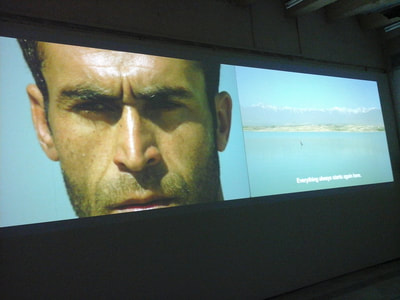
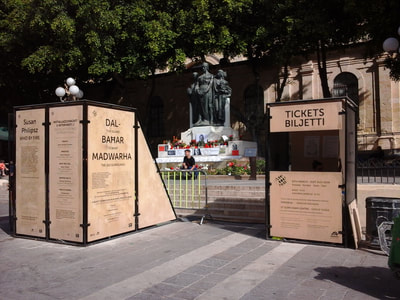
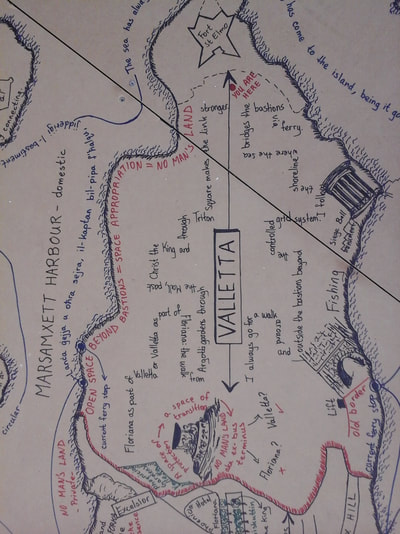
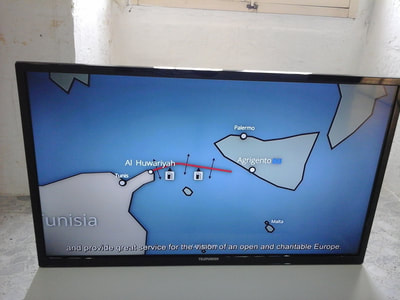
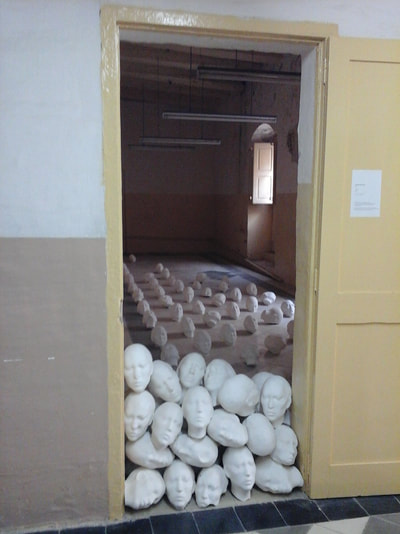
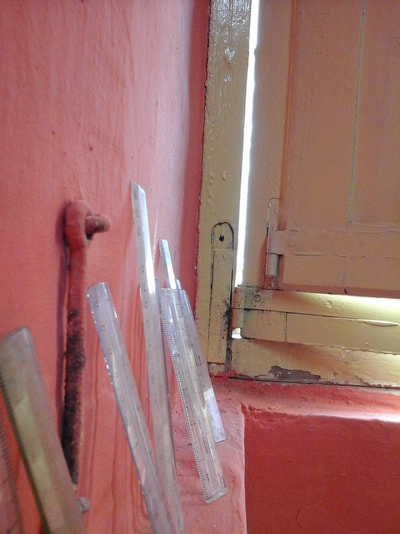
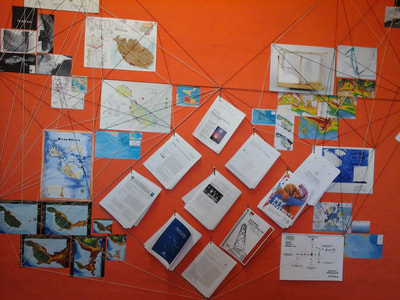
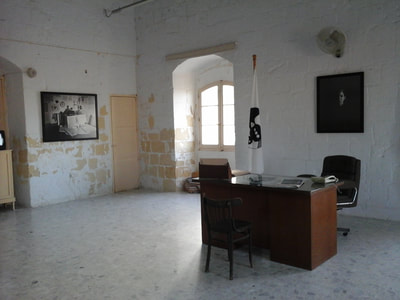
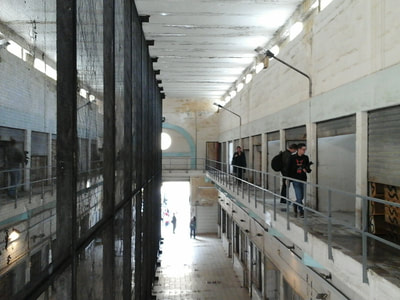
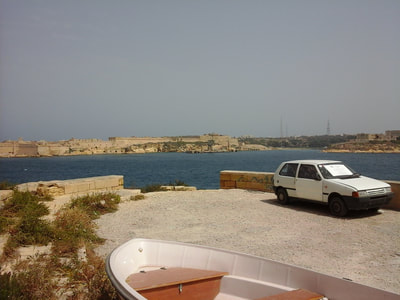
 RSS-feed
RSS-feed